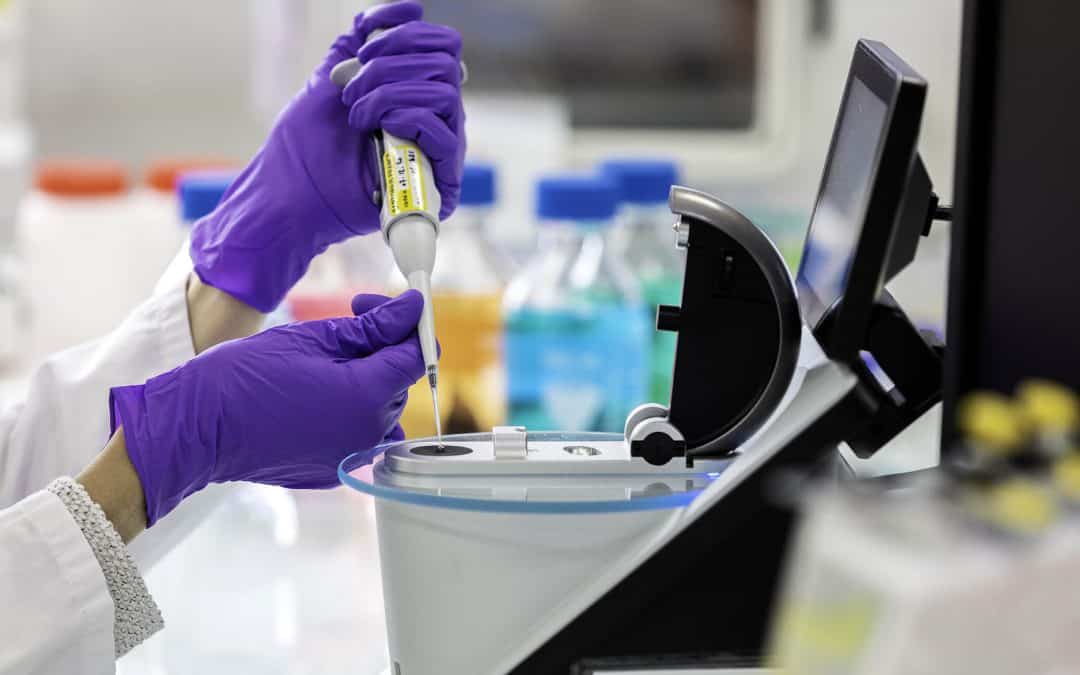Why HCP Monitoring is Critical in Biologics Development
Biologics have reshaped modern medicine, providing innovative therapies for cancer, autoimmune conditions, and rare diseases. Their complexity, however, makes them challenging to develop and manufacture. Among the most critical challenges is the presence of host cell proteins (HCPs)—residual proteins from the cell line used for production.
Although usually present at trace levels, HCPs can compromise patient safety, drug stability, and regulatory approval if not carefully monitored. For developers, HCP detection and quantification are essential to both scientific and regulatory success.
At Olon, we recognize that strong HCP strategies not only ensure compliance but also accelerate biologics development by reducing risks early in the process.
What Are Host Cell Proteins?
Biologics are typically manufactured in living systems such as CHO cells (Chinese Hamster Ovary), E. coli, or other microbial and mammalian cell lines. Alongside the therapeutic protein of interest, these cells naturally express thousands of other proteins.
During purification, most of these unwanted proteins are removed. Yet, some residual proteins—host cell proteins—can remain in the final drug substance. Even at very low levels, they represent potential impurities that must be measured and controlled.
Understanding what host cell proteins are and how they behave in different systems is fundamental to developing a safe and effective biologic.
Why Host Cell Proteins Represent a Risk
HCPs are not just a technical nuisance; they carry tangible risks. First and foremost, they can provoke immune responses in patients. Even trace levels of residual proteins may be recognized as foreign, leading to immunogenicity that ranges from mild reactions to severe complications.
Second, HCPs may interfere with drug quality and stability. For example, proteases among residual HCPs can degrade therapeutic proteins, reducing potency and shelf life. Other HCPs may catalyze chemical modifications that compromise formulation stability.
Finally, there is a regulatory dimension. Agencies such as the FDA and EMA require developers to demonstrate robust control of process-related impurities, including HCPs. Guidance documents like ICH Q6B specify that HCPs must be quantitatively measured. Without convincing HCP data, regulatory submissions risk delay or rejection.
How HCPs Are Detected and Quantified
The most widely used method for HCP monitoring is the HCP ELISA assay. This technique is valued for its sensitivity, scalability, and regulatory acceptance. Commercial kits are available for common cell lines, but they may not always cover the unique protein profile of a given process. In those cases, custom ELISA assays are developed, tailored to the host system and production method.
To complement ELISA, advanced analytical tools are increasingly used. LC-MS (Liquid Chromatography–Mass Spectrometry) provides detailed identification of individual HCP species. 2D electrophoresis methods help visualize complex protein mixtures and confirm ELISA coverage. By combining multiple methods—an orthogonal strategy—developers gain stronger confidence in results.
Despite these advances, challenges remain. One of the most critical is assay coverage: the proportion of HCPs effectively detected by the antibodies used. Limited coverage risks leaving harmful proteins undetected, which is why careful assay validation and characterization are so important.
Best Practices for Managing HCP Risks
Managing HCPs is not just about testing the final drug product—it begins much earlier. Process development plays a central role in minimizing HCP burden. Optimizing upstream expression systems and designing robust purification steps can substantially reduce the challenge before analytical testing even begins.
Once processes are established, monitoring should continue throughout the product lifecycle. In early development, testing provides baseline data and identifies problematic HCPs. In clinical phases, regular monitoring ensures process consistency and comparability between batches. At commercial scale, validated assays are used for routine lot release.
When off-the-shelf kits are not sufficient, custom assays provide a higher level of confidence. By generating antibodies against the specific HCP profile of a given process, custom ELISAs ensure more accurate quantification and risk assessment.
Taken together, these strategies form a comprehensive approach to HCP risk management, safeguarding both patient safety and regulatory compliance.
The Future of HCP Monitoring
The field of HCP analysis is evolving rapidly. One key trend is the push toward greater assay coverage through improved antibody generation and advanced orthogonal techniques. Another is the integration of LC-MS workflows into routine development, providing more detailed protein characterization.
The growing complexity of biologics—from monoclonal antibodies to vaccines, fusion proteins, and advanced modalities—makes HCP monitoring more important than ever. Conferences and expert forums, such as the HCP Conference 2024, are at the forefront of this evolution, helping industry and regulators refine best practices.
Ultimately, the future of HCP monitoring lies in combining robust ELISA assays with complementary technologies to build resilient, science-driven analytical strategies.
Conclusion: Partnering for Success in Biologics Development
Host cell proteins may be present at low levels, but their impact on biologics development is significant. From protecting patients to ensuring regulatory approval, HCP monitoring is a critical part of any biologics program.
At Olon, we support biotech and pharma companies in designing and implementing comprehensive HCP strategies, from ELISA development to advanced orthogonal methods. By embedding HCP monitoring into every stage of development, we help ensure the delivery of safe, effective, and high-quality therapies.
👉 If you want to learn more about building a strong HCP risk management plan, our experts are here to share insights and discuss the most appropriate assay strategies for your molecule.



